Idaho National Laboratory (INL), Butte County, southeastern Idaho: Matt Lavin, CC BY-SA 2.0, via Wikimedia Commons @ https://commons.wikimedia.org/wiki/File:Chrysothamnus_viscidiflorus_(3939348833).jpg
CHVI8 Chrysothamnus viscidiflorus (Hook.) Nutt.: USDA Natural Resources Conservation Service, via USDA PLANTS Database @ http://plants.usda.gov/core/profile?symbol=chvi8
Butte County, east central Idaho: Matt Lavin, CC BY-SA 2.0, via Wikimedia Commons @ https://commons.wikimedia.org/wiki/File:Chrysothamnus_viscidiflorus_(5446051596).jpg
Chrysothamnus viscidiflorus (Hook.) Nutt.: Steve Hurst/ARS Systematic Botany/Mycology Lab, Public Domain, via USDA-NRCS PLANTS Database @ https://plants.sc.egov.usda.gov/ImageLibrary/original/chvi8_004_php.jpg
Butte County, southeastern Idaho: Matt Lavin, CC BY-SA 2.0, via Wikimedia Commons @ https://commons.wikimedia.org/wiki/File:Chrysothamnus_viscidiflorus_(3939348833).jpg
Bentsen-Rio Grande Valley State Park, Hidalgo County, southern tip of Texas: pondhawk, CC BY 2.0, via Flickr @ https://www.flickr.com/photos/38686613@N08/4732272439/
Lange's metalmark butterfly, endemic to Northern California's Antioch Dunes National Wildlife Refuge: Scott Flaherty/USFWS, Public Domain, via Wikimedia Commons @ https://commons.wikimedia.org/wiki/File:Apodemia_mormo_langei.JPG; via U.S. Fish & Wildlife Service Field Notes, California-Nevada Offices, Sep. 25, 2007, @ https://www.fws.gov/fieldnotes/regmap.cfm?arskey=22449
Lange metalmark's "Recover and Return from the Abyss--Fire Prevention," by Miriam Morrill/USFWS Wildland Urban Interface (WUI): USFWS Field Notes, Region 8, June 24, 2009, Public Domain, via USFWS Field Notes @ https://www.fws.gov/fieldnotes/print/print_report.cfm?arskey=26299
Yellowstone National Park: Richard Lund/National Park Service, Public Domain, via Yellowstone's Photo Collection @ http://www.nps.gov/features/yell/slidefile/arthropods/butterflymoth/Page-2.htm
Congaree National Park, central South Carolina: Theresa Thom/National Park Service, Public Domain, via NPS Congaree National Park @ http://www.nps.gov/media/photo/gallery.htm?id=378A4683-1DD8-B71C-07E312AA6272A11B
Forest Road 144, Rio Arriba County, north central New Mexico: JerryFriedman, CC BY SA 3.0, via Wikimedia Commons @ https://commons.wikimedia.org/wiki/File:Limenitis_weidemeyerii_dorsal.jpg
westward toward Saddle Mountains, Lemhi Range, eastern Idaho: Matt Lavin, CC BY-SA 2.0, via Wikimedia Commons @ https://commons.wikimedia.org/wiki/File:Chrysothamnus_viscidiflorus.jpg; via Flickr @ https://www.flickr.com/photos/plant_diversity/3877087154/
Yellow rabbitbrush easily re-sprouts one year after fire in southeastern Idaho's sagebrush steppe: Matt Lavin, CC BY SA 2.0, via Wikimedia Commons @ https://commons.wikimedia.org/wiki/File:Chrysothamnus_viscidiflorus_one_year_after_a_fire_in_the_sagebrush_steppe_(5886035204).jpg
sagebrush steppe, southeastern Idaho: Matt Lavin, CC BY-SA 2.0, via Wikimedia Commons @ https://commons.wikimedia.org/wiki/File:Sagebrush_steppe_vegetation_and_jackrabbit_(5840815595).jpg
Point Lookout, Mesa Verde National Park, Montezuma County, southwestern Colorado: SteveHarbula, CC BY 2.0, via Flickr @ https://www.flickr.com/photos/steveharbula/6585309209/


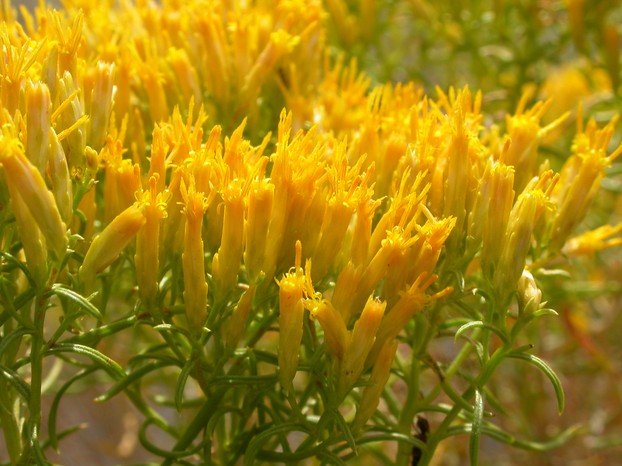
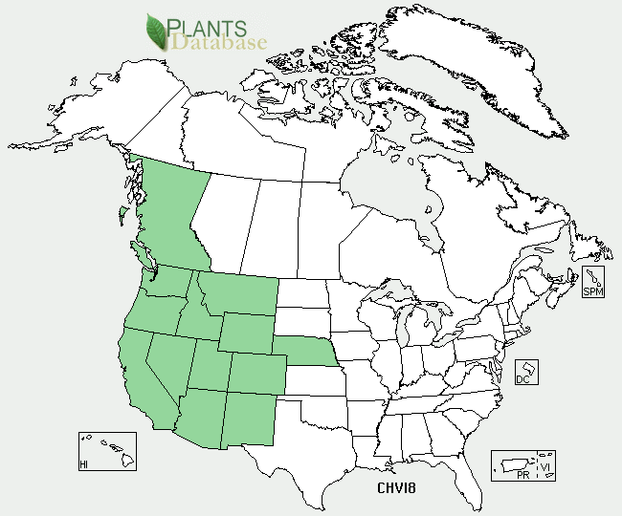
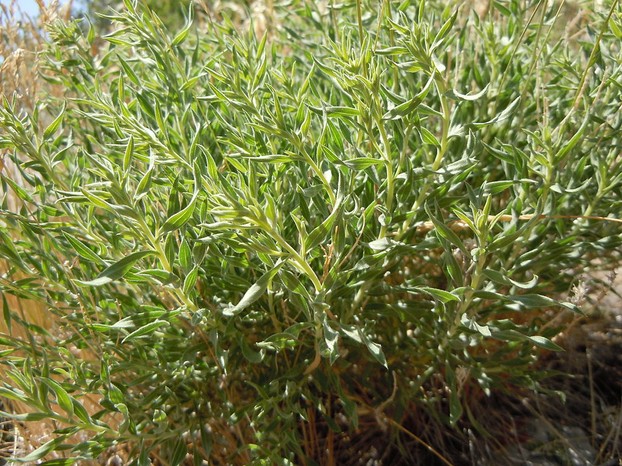
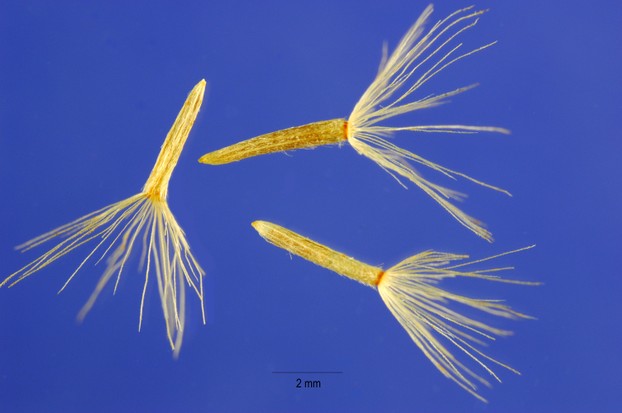
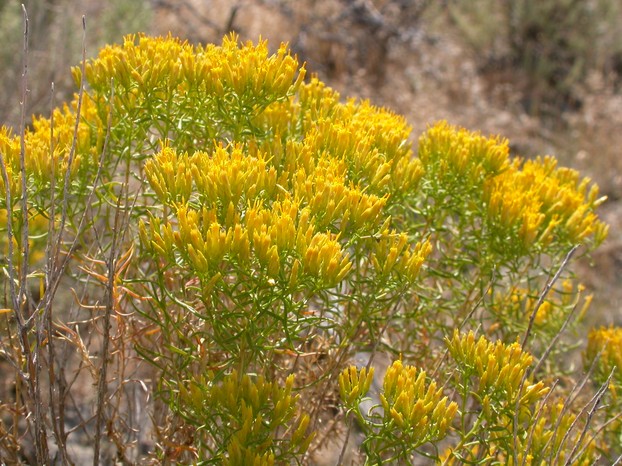
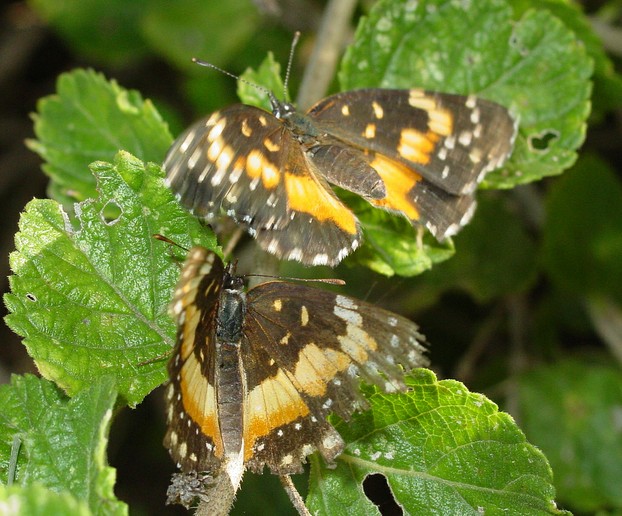
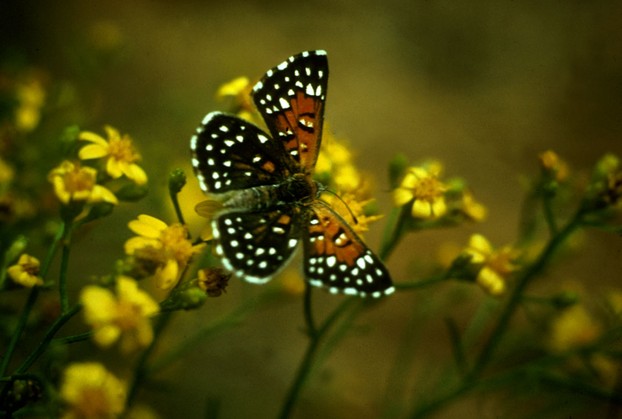
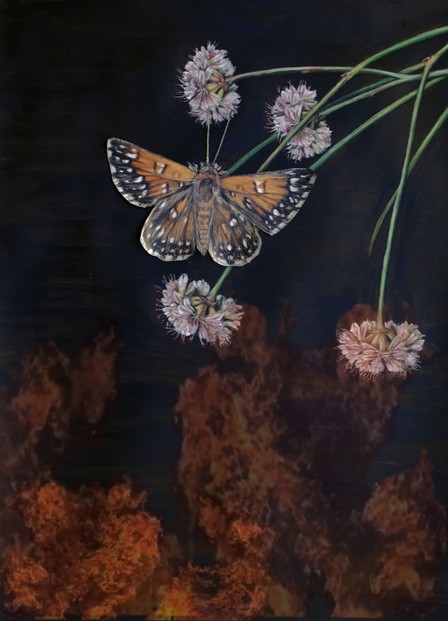
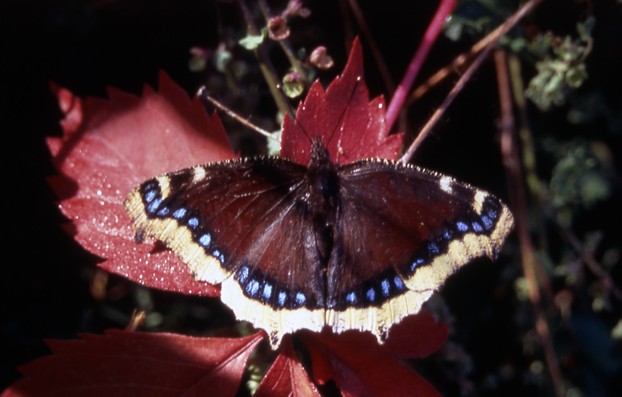
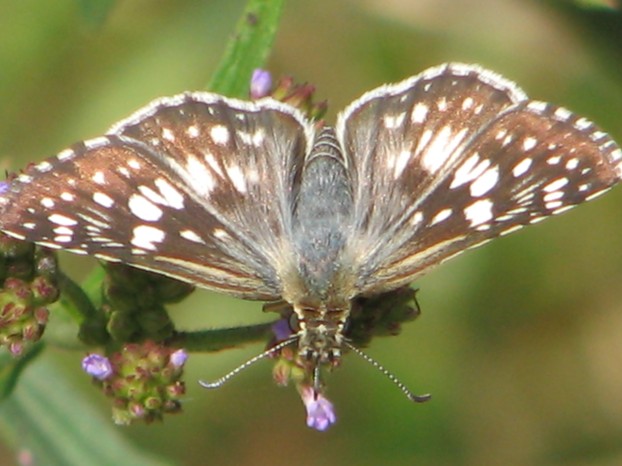
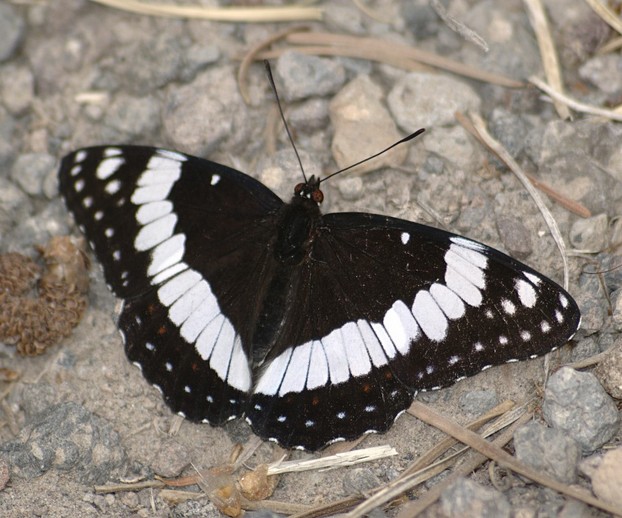
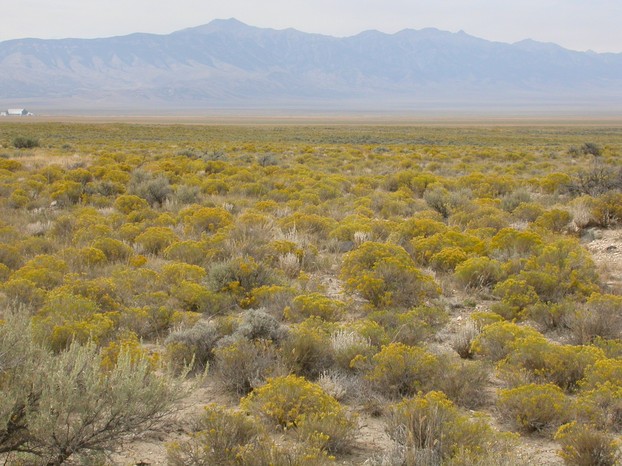
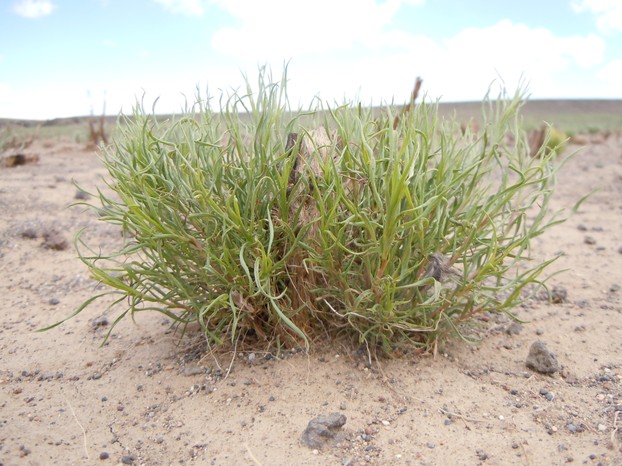
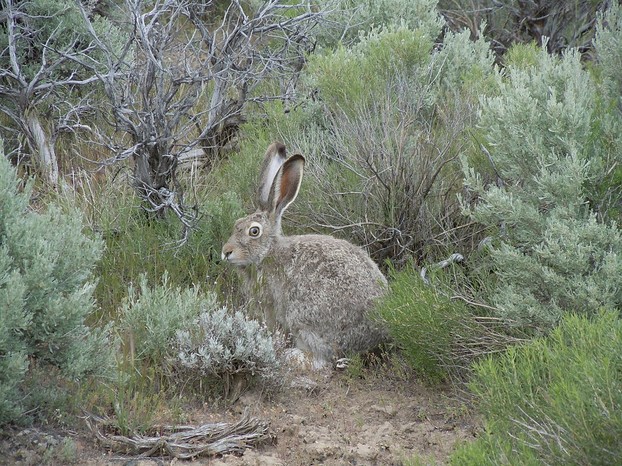
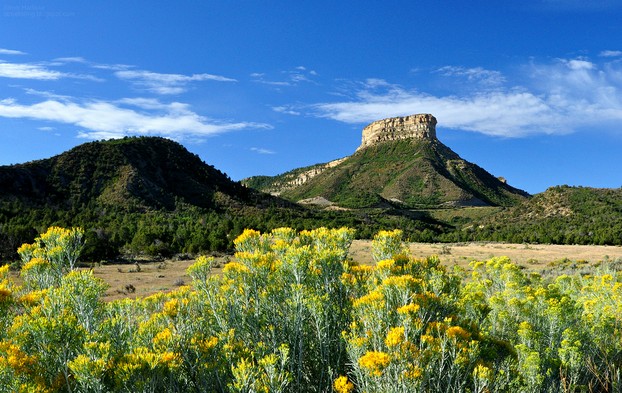






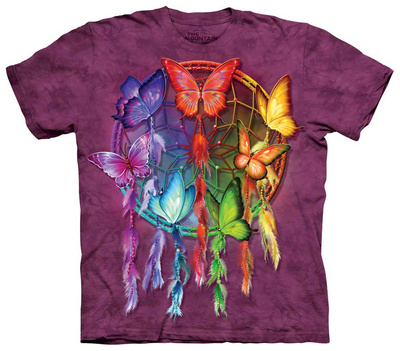

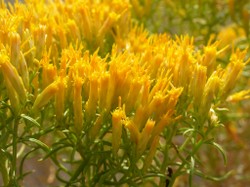

 Are Hawaiian Huakai Po Nightmarchers Avenging Halloween Thursday?on 10/02/2024
Are Hawaiian Huakai Po Nightmarchers Avenging Halloween Thursday?on 10/02/2024
 Mailing Addresses for 2023 Form 4868 Extending 1040 and 1040SR April 15, 2024, Due Dateon 04/15/2024
Mailing Addresses for 2023 Form 4868 Extending 1040 and 1040SR April 15, 2024, Due Dateon 04/15/2024
 Mailing Addresses for 2023 Forms 1040 and 1040SR Filed in 2024on 04/15/2024
Mailing Addresses for 2023 Forms 1040 and 1040SR Filed in 2024on 04/15/2024
 Mailing Addresses for 2022 Form 4868 Extending 1040 and 1040SR April 18, 2023, Due Dateon 04/13/2023
Mailing Addresses for 2022 Form 4868 Extending 1040 and 1040SR April 18, 2023, Due Dateon 04/13/2023

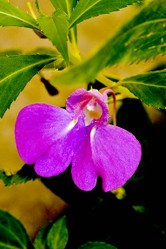
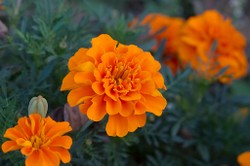
Comments
VioletteRose, Me, too, I find rabbitbrush flowers to be pretty. They convey cheerfulness and warmth.
The flowers are so pretty!